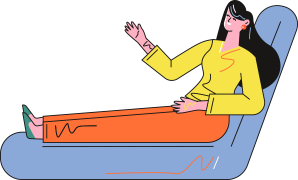How to correct pigeon chest
Pectus carinatum, commonly known as pigeon chest, is a frequent chest wall deformity characterized by a protrusion of the sternum and ribs. It is generally considered to be related to genetics, with most cases thought to be caused by the excessive growth of the ribs and costal cartilages. The skeletal deformation is secondary to the abnormalities in the ribs. Vitamin D deficiency rickets can also lead to the development of pigeon chest. If there is no significant deformation of the chest wall, and only a mild deformity is present, rehabilitative treatment can be effective. Rehabilitation departments offer standard recovery treatments that can be beneficial. Severe cases of pigeon chest may require surgical correction, ideally during adolescence for moderate to severe conditions. Therefore, if a child has pigeon chest, it is recommended to seek medical advice at a hospital, where doctors can determine the treatment approach based on the specific conditions of the child.
Trending Health Topics

Get the latest health & wellness news daily right to your inbox.


 Subscribe
Subscribe


